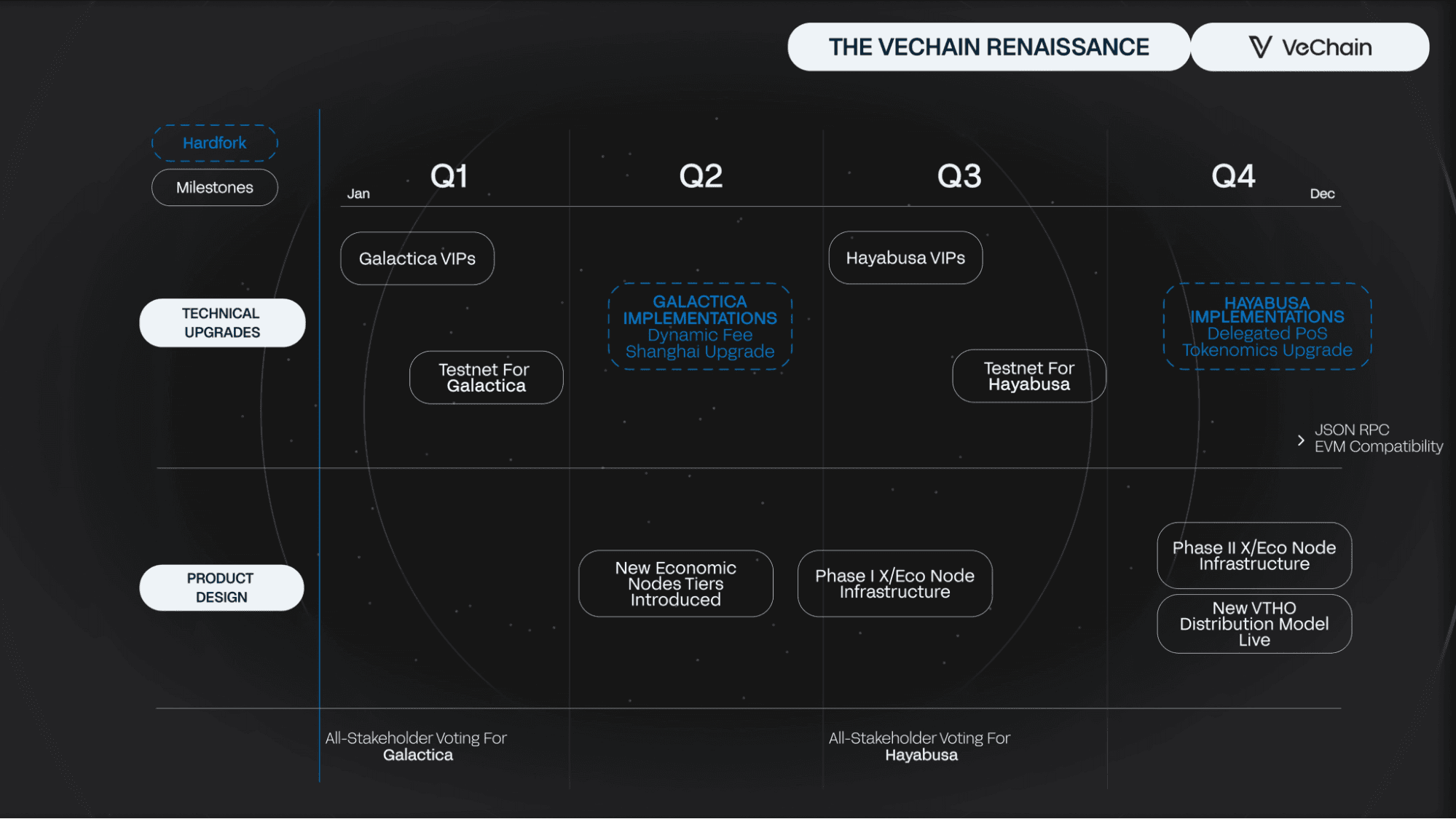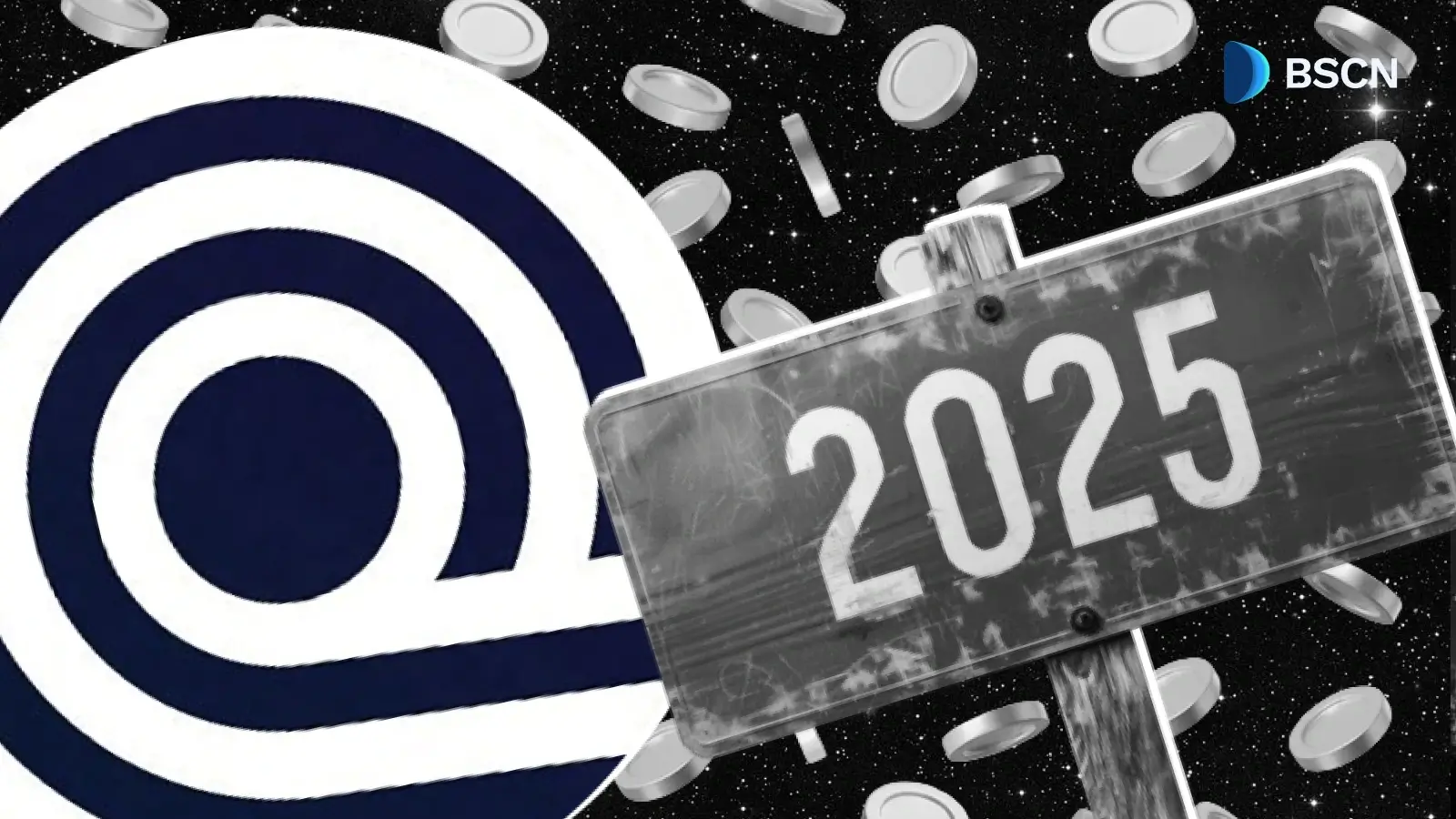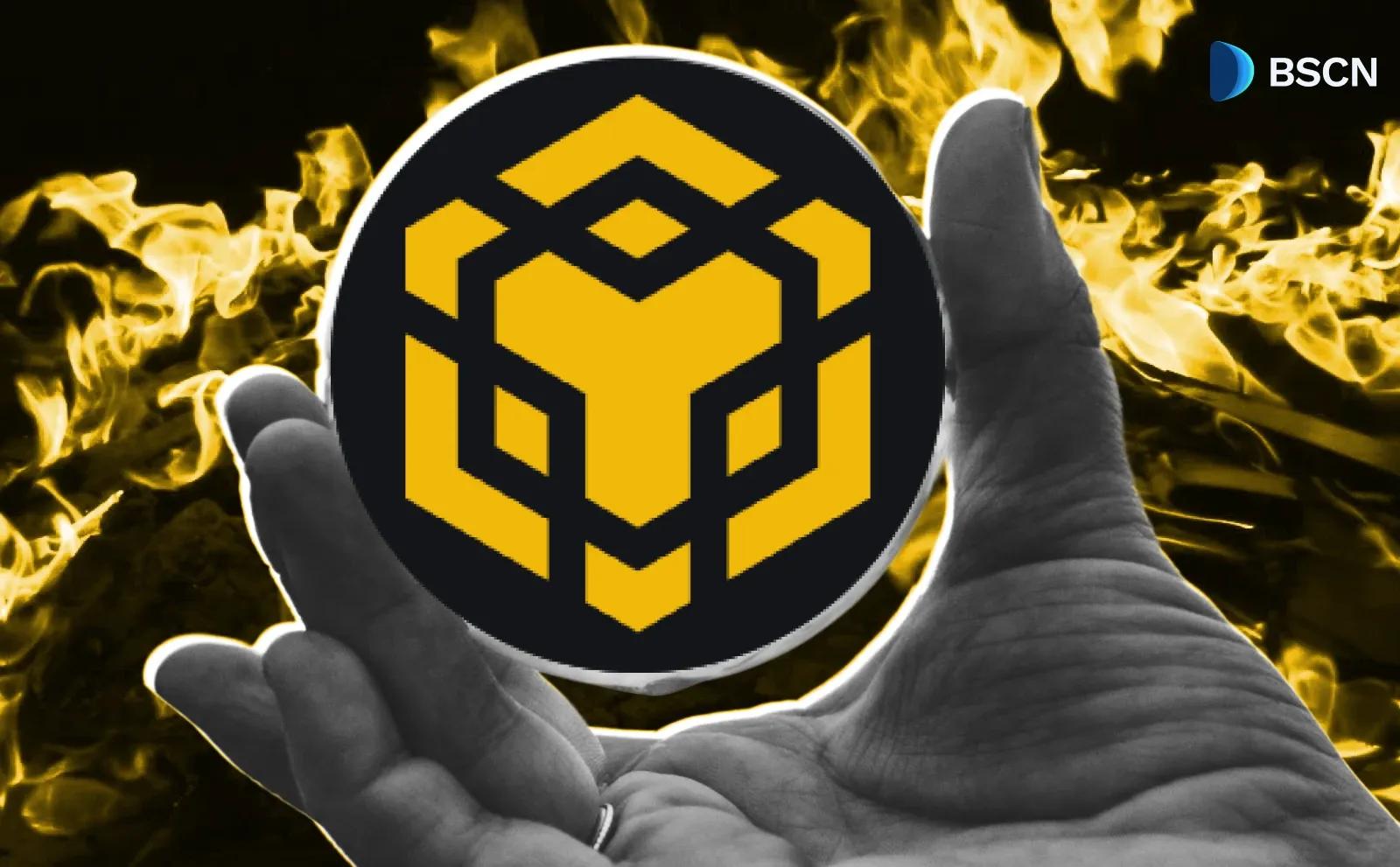Research
(Advertisement)
How Has VeChain Progressed with Its Renaissance Roadmap?

Understand how VeChain is advancing its Renaissance roadmap in 2025, refining tokenomics, enhancing staking systems, and preparing for broader blockchain connectivity.
Miracle Nwokwu
August 15, 2025
(Advertisement)
Table of Contents
In the blockchain space, where projects often promise sweeping changes, VeChain has been methodically rolling out its Renaissance roadmap since the start of 2025. This initiative, unveiled in January, represents a structured overhaul of the VeChainThor protocol, the platform's core blockchain.
Founded back in 2015, VeChain has long positioned itself as a tool for enterprise applications, from supply chain tracking to sustainability efforts. Now, with Renaissance, the focus turns inward—to refine tokenomics, bolster staking systems, and enhance technical interoperability.
As of date, the project has navigated its first phase successfully and is poised for the next. Developers, investors, and node holders can follow along through official updates on the VeChain website or its X account, where progress reports appear regularly.
The roadmap's design draws from cosmic themes, dividing into three phases: Galactica, Hayabusa, and Intergalactic. Each phase builds incrementally. Galactica handled the basics, introducing technical tweaks to make the network more efficient. Hayabusa dives into economic incentives, aiming to reward participation more effectively. Intergalactic, still on the horizon, promises broader connectivity with other blockchains.
The team laid out a quarterly timeline for 2025, starting with proposal submissions and testnet launches in the first quarter, moving to mainnet integrations in the second, and escalating through votes and rollouts in the latter half of the year. These steps emphasize governance, with stakeholder votes playing a central role in approvals.

For those new to VeChain, a quick primer helps. The platform uses two tokens: VET for value storage and VTHO for transaction fees, similar to gas on Ethereum. Renaissance seeks to optimize how these interact—through dynamic fees that fluctuate with demand, full burns of base fees to control supply, and a shift from Proof-of-Authority consensus to Delegated Proof-of-Stake. This last change opens validation to a wider pool of participants, potentially strengthening decentralization. New node tiers lower the bar for entry, allowing stakes as small as 10,000 VET. All this unfolds against VeChain's broader mission, including partnerships with firms like Boston Consulting Group for sustainability apps under the VeBetter ecosystem.
Laying the Groundwork: The Galactica Phase
The journey began with Galactica, the foundational phase. It centered on technical upgrades, including four key VeChain Improvement Proposals, or VIPs. These covered a dynamic gas fee model, upgrades to match Ethereum's Shanghai hard fork for better smart contract performance, support for typed transactions, and mechanisms to burn 100% of base fees. Such changes address practical issues, like fee predictability during high network use, and align VeChainThor more closely with industry standards.
Work kicked off promptly in the first quarter. The team submitted the VIPs as planned, marking the start of hands-on development. By March 31, the Galactica testnet went live, giving developers a sandbox to test these features without risking the main network. This early access proved useful; it allowed for real-world simulations of the new fee system, where costs adjust automatically based on congestion. An independent code audit followed in May, with the results shared publicly to build confidence—the review found no major issues, a nod to the team's preparation.
Governance came into play next. An all-stakeholder vote invited authority nodes, X nodes, and economic nodes to weigh in on merging Galactica with the mainnet. This process, conducted via the VeVote platform, underscores VeChain's commitment to decentralized decision-making. The vote passed, paving the way for implementation.
On July 1, right on schedule, Galactica activated on the mainnet. Alongside it came the StarGate staking platform, a new hub for node management. StarGate introduced a substantial reward pool: 5.3 billion VTHO overall, with an additional 2.3 billion VTHO front-loaded for the first six months to incentivize early adopters. New economic node tiers emerged—Dawn at 10,000 VET with baseline rewards, Lightning at 50,000 VET offering a 1.15x multiplier, and Flash at 200,000 VET with 1.3x. Flexibility stands out here; users can combine nodes to stake custom amounts, making it accessible beyond rigid categories.
This phase's completion felt like a milestone. It not only delivered on the technical promises but also set up the economic framework for what follows. Developers now have access to updated tools that mirror Ethereum's capabilities, easing the porting of applications. For instance, the Shanghai EVM upgrades support more efficient opcode execution, which could reduce costs for complex smart contracts. Node holders, meanwhile, began migrating to StarGate, a process the team detailed in tutorials to minimize disruptions.
Building Momentum: Entering the Hayabusa Phase
With Galactica behind them, attention shifted to Hayabusa, the roadmap's economic heart. This phase tackles tokenomics head-on, revamping the VET and VTHO models, introducing full delegator and validator staking, and migrating consensus from PoA to DPoS. The goals are straightforward: make the network more attractive for participants by rewarding active involvement, distribute VTHO more intelligently, and reduce overall issuance to curb inflation.
Progress has been steady. Over the summer, the core team finalized the VIPs for Hayabusa, drawing on feedback from the Galactica rollout. These proposals outline a staking system where users can delegate to validators or run their own, without the previous KYC requirements that limited PoA. This opens the door to greater decentralization, as more stakers can influence block production. Tokenomics details emerged gradually—rewards will prioritize contributors, such as those building dApps or holding nodes long-term, while VTHO burns aim to create scarcity.
The all-stakeholder vote for Hayabusa is imminent, set to begin on August 18 at 12pm UTC. Nearly 11,000 delegator nodes are eligible this time, a significant increase that reflects growing engagement. Legacy node holders need to migrate via StarGate to participate, a step the team has emphasized in recent communications. The proposal is already live on VeVote, allowing reviews in advance.
Assuming approval, the testnet launches in early September, offering a testing ground for these changes. Mainnet activation targets late December 2025. This timeline aligns with the third-quarter milestones, including VIP submission and voting. The team has shared previews of the upgraded node system, where economic and X nodes gain new staking options, and VTHO issuance follows a curve that directs rewards to active users.
Hayabusa's implications run deep. By shifting to DPoS, VeChain could enhance security through distributed validation, reducing reliance on a fixed set of authority masternodes. The tokenomics overhaul might stabilize VTHO's value by tying it more closely to network activity—less issuance overall, but more targeted distribution. Stakeholders can prepare by studying the VIPs or joining community discussions, often hosted as Spaces on X.
Peering into the Future: The Intergalactic Horizon
Beyond Hayabusa lies Intergalactic, the expansion phase slated for 2026. Details remain sparse, but it centers on interoperability. JSON RPC integration will enable smoother connections to other chains, while full EVM compatibility builds on Galactica's work to make VeChainThor a more versatile platform for developers. This could facilitate cross-chain applications, like tokenized assets moving seamlessly between ecosystems.
For now, Intergalactic is conceptual, with no 2025 milestones. It represents the roadmap's long-term vision: not just internal improvements, but positioning VeChain for wider adoption in areas like enterprise supply chains or sustainable tokenization via VeBetter.
Assessing Progress: Hits, Misses, and the Path Ahead
Taking stock, VeChain has fulfilled key early commitments. Galactica's testnet, audit, vote, and mainnet all unfolded on time, culminating in the July 1 launch that introduced new nodes and rewards. This execution demonstrates a disciplined approach, with governance ensuring community alignment.
Hayabusa is halfway there—VIPs ready, voting about to start, testnet pending. The fourth-quarter mainnet remains the big target, contingent on approval. No major delays have surfaced in public updates, though the team has acknowledged the complexity of consensus migration.
Unaddressed elements belong to later stages. Hayabusa's full economic rollout and Intergalactic's features await. Analysis suggests these upgrades could impact token dynamics; fee burns might reduce supply gradually, while lower staking thresholds broaden participation—from 10,000 VET, anyone can join as a Dawn node. Developers gain from EVM parity, which simplifies coding—tools like Solidity workshops on the VeChain site offer practical guidance.
In a broader sense, Renaissance fits into blockchain's push for efficiency. Recent collaborations, such as with Franklin Templeton on tokenized funds, could leverage these changes. For readers, actionable steps include monitoring VeVote, migrating nodes if necessary, or exploring documentation at vechain.org. The team frequently hosts livestreams for deeper insights.
As 2025 unfolds, VeChain's roadmap provides a clear trajectory. Galactica's success offers a foundation, Hayabusa's vote a pivotal moment. With structured milestones and ongoing communication, the project continues its evolution, one phase at a time.
Sources:
Read Next...
Frequently Asked Questions
What is the goal of VeChain’s Renaissance Roadmap in 2025?
The Renaissance Roadmap aims to refine VeChain’s blockchain by improving tokenomics, enhancing the staking system, and enabling broader interoperability with other blockchains.
What changes were introduced during the Galactica phase?
The Galactica phase introduced a dynamic gas fee model, compatibility with Ethereum’s Shanghai upgrade, full base-fee burns, and the launch of the StarGate staking platform.
What will happen during the Hayabusa phase?
The Hayabusa phase will overhaul staking by allowing delegator and validator participation, adjust VTHO issuance to reward active contributors, and decentralize block validation via DPoS.
What is the long-term vision of the Intergalactic phase?
The Intergalactic phase is focused on interoperability and plans to enable easier connection to other blockchains through JSON RPC integration and improved EVM compatibility.
Disclaimer
Disclaimer: The views expressed in this article do not necessarily represent the views of BSCN. The information provided in this article is for educational and entertainment purposes only and should not be construed as investment advice, or advice of any kind. BSCN assumes no responsibility for any investment decisions made based on the information provided in this article. If you believe that the article should be amended, please reach out to the BSCN team by emailing [email protected].
Author
 Miracle Nwokwu
Miracle NwokwuMiracle holds undergraduate degrees in French and Marketing Analytics and has been researching cryptocurrency and blockchain technology since 2016. He specializes in technical analysis and on-chain analytics, and has taught formal technical analysis courses. His written work has been featured across multiple crypto publications including The Capital, CryptoTVPlus, and Bitville, in addition to BSCN.
(Advertisement)
Latest News
(Advertisement)
Crypto Project & Token Reviews
Project & Token Reviews
Comprehensive reviews of crypto's most interesting projects and assets
Learn about the hottest projects & tokens














